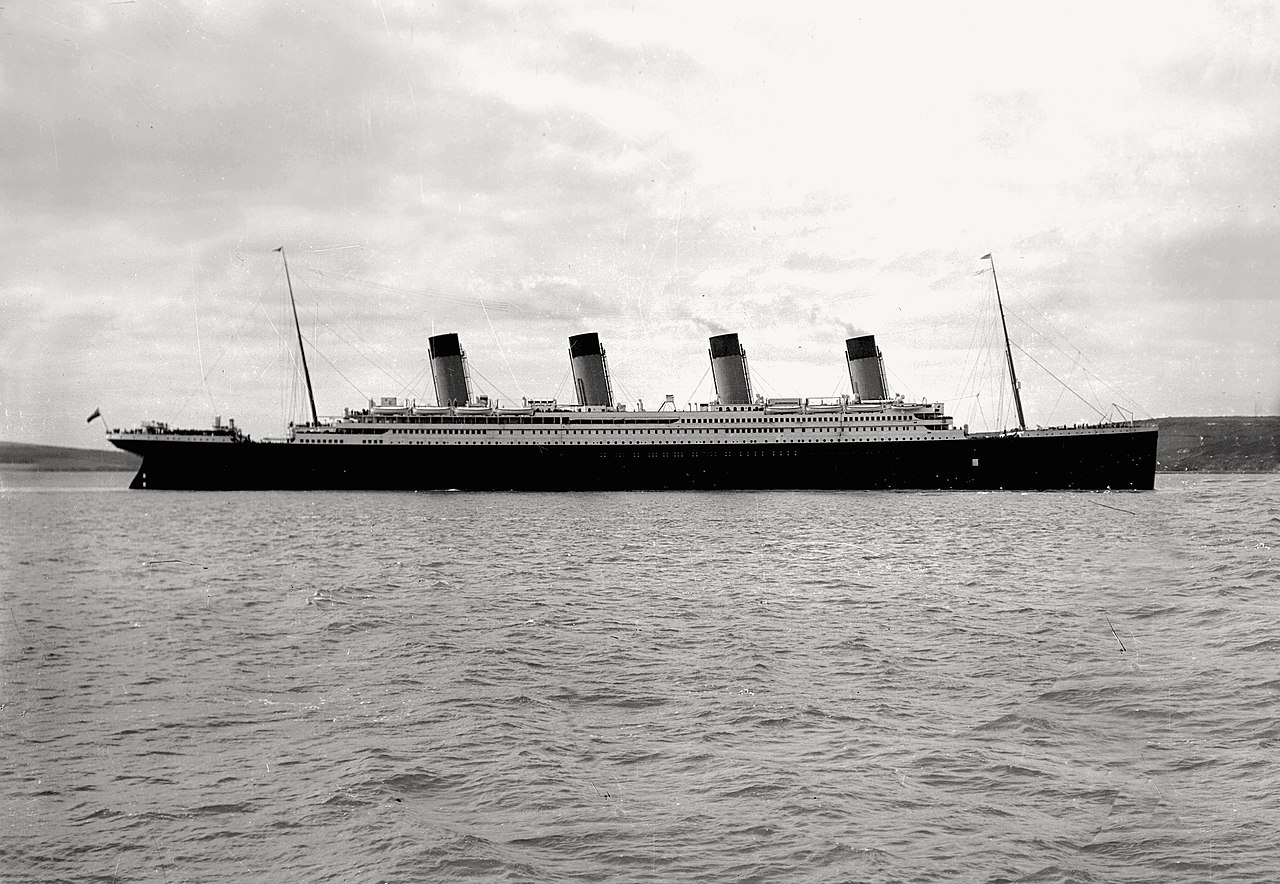Introduction:
The Titanic is one of the most famous ships in history, not just because of its tragic sinking but also due to the mysteries surrounding it for decades. The wreckage of the Titanic, discovered over 70 years after the ship sank in 1912, has provided valuable lessons for the world. By exploring its wreckage deep beneath the Atlantic Ocean, we have gained critical insights into shipbuilding, safety standards, and the power of nature. In this blog, we will look at the history of the Titanic, its wreckage, and the many lessons we have learned from studying it.
The Titanic’s Journey
The RMS Titanic was the largest and most luxurious passenger ship of its time. It was built in Belfast by the White Star Line and was considered a marvel of engineering. The ship had state-of-the-art features, and its builders believed it to be unsinkable due to its advanced design. On April 10, 1912, the Titanic set sail on its maiden voyage from Southampton, England, bound for New York City. However, on the night of April 14, disaster struck. The ship collided with an iceberg in the North Atlantic, causing the ship to sink in just over two hours. Over 1,500 lives were lost in the tragedy, making it one of the deadliest maritime disasters in history.
The sinking of the Titanic was a shock to the world and raised many questions about the safety of ocean liners and the limits of human engineering. The tragedy left behind a lasting legacy that would inspire countless books, films, and investigations.
Discovery of the Wreckage
For many years, the wreckage of the Titanic remained a mystery. Despite numerous attempts to locate the ship, it was not until 1985 that the wreckage was discovered by oceanographer Dr. Robert Ballard and his team. The Titanic’s final resting place was found about 12,600 feet (3,800 meters) below the surface of the North Atlantic Ocean, about 370 miles (600 kilometers) off the coast of Newfoundland, Canada. The ship’s remains were split into two main pieces, with the stern and bow lying about 1,970 feet (600 meters) apart. Since its discovery, the wreckage has been studied extensively, and various expeditions have been launched to explore the site.
Lessons from the Titanic’s Wreckage
The study of the Titanic’s wreckage has offered significant lessons in various fields, ranging from maritime engineering to the conservation of historical sites. These lessons have shaped the way we approach maritime safety, environmental preservation, and even human behavior in the face of disaster.
1. Improvement in Ship Design and Safety Regulations
One of the most important lessons we learned from the Titanic’s wreckage is the need for better ship design and safety measures. When the Titanic sank, it was equipped with lifeboats that were insufficient to carry all the passengers and crew. After the disaster, maritime safety regulations were changed worldwide. New laws required ships to carry enough lifeboats for all passengers and crew. The International Convention for the Safety of Life at Sea (SOLAS) was established in 1914, which set new standards for ship safety, including the number of lifeboats, fire safety, and radio communication.
The Titanic’s wreck also revealed weaknesses in its construction, particularly the materials used in its hull. The ship’s steel hull was found to have a brittle quality, which contributed to the severity of the damage caused by the iceberg. Modern shipbuilding materials have since improved, with advancements in steel alloys and welding techniques to ensure that ships are more resistant to damage.
2. The Power of Nature and the Importance of Weather Monitoring
Another lesson learned from the Titanic disaster is the unpredictable and immense power of nature. The ship’s collision with the iceberg was not the only factor that contributed to the sinking. The night of the disaster was unusually calm, with no waves or wind, making it difficult for the lookouts to spot the iceberg in time. Additionally, the water temperature was near freezing, which further compounded the disaster.
The Titanic’s wreckage highlighted the importance of continuous weather monitoring and understanding natural conditions when sailing. Today, modern ships are equipped with advanced weather forecasting systems, and sailors are trained to deal with extreme conditions at sea. The use of radar and sonar technologies has also greatly improved the ability to detect icebergs and other hazards in the water, ensuring the safety of modern vessels.
3. The Need for Better Emergency Preparedness and Evacuation Procedures
The Titanic’s wreckage also teaches us about the importance of emergency preparedness and evacuation plans. When the ship began to sink, panic spread among the passengers and crew. There were not enough lifeboats to accommodate everyone, and many of the lifeboats that were launched were only partially filled. The evacuation process was chaotic, and the lack of clear instructions and leadership led to confusion and unnecessary loss of life.
Today, emergency evacuation drills are mandatory on all commercial ships. Passengers are instructed on how to use life-saving equipment, and crew members are trained in emergency response procedures. The Titanic’s wreckage serves as a sobering reminder of the need for effective emergency planning and calm leadership in the face of disaster.
4. Preservation of the Titanic’s Wreckage as a Historical Artifact
The Titanic’s wreckage also raises important questions about the preservation of historical artifacts. Since its discovery, the wreck has been a subject of controversy, with debates about whether it should be left undisturbed as a tomb for the victims or whether it should be explored and documented. Over the years, various expeditions have recovered artifacts from the site, including pieces of the ship’s hull, personal belongings, and even human remains.
The preservation of the Titanic’s wreck has led to the development of new techniques for underwater archaeology and conservation. Researchers use remotely operated vehicles (ROVs) and submersibles to explore and document the site while minimizing damage to the wreck. Additionally, laws and guidelines have been established to protect the site and ensure that future generations can study and learn from it without causing further harm.
5. Insights into Human Behavior and the Social Impacts of Disasters
The wreckage of the Titanic has also provided valuable insights into human behavior during times of crisis. Survivors of the disaster reported instances of both bravery and selfishness. Some passengers behaved heroically, helping others into lifeboats, while others tried to save themselves at any cost. The social hierarchy of the ship also played a role in who survived and who did not. Many of the wealthier passengers were given priority on the lifeboats, while others were left behind.
The disaster revealed the importance of ethical behavior and moral decision-making in life-and-death situations. It also highlighted the impact of class and social status on survival, sparking debates about inequality and human rights. Today, many of these lessons influence how we approach emergency situations and ethical decision-making in crisis scenarios.
Conclusion
The Titanic’s wreckage continues to provide valuable lessons, not only about shipbuilding and maritime safety but also about human nature and the power of the natural world. The disaster has prompted significant improvements in ship design, safety regulations, and emergency preparedness, ensuring that modern vessels are safer than ever before. The wreckage also serves as a poignant reminder of the fragility of life and the importance of being prepared for the unexpected. As we continue to study the Titanic, we will undoubtedly uncover more lessons about ocean life that can help prevent future tragedies and inspire greater respect for the forces of nature.



